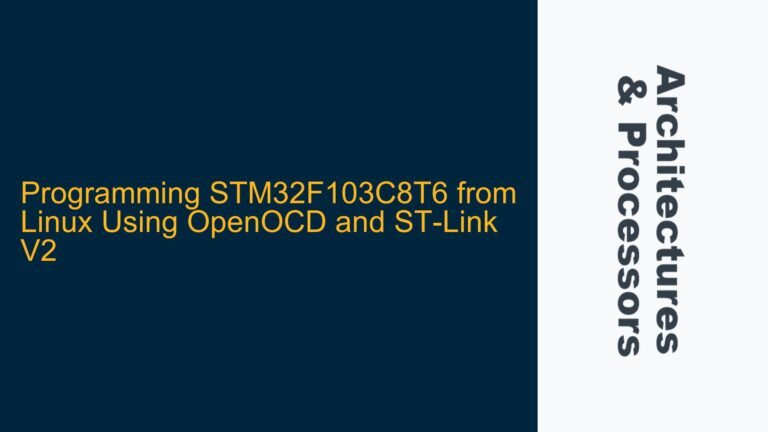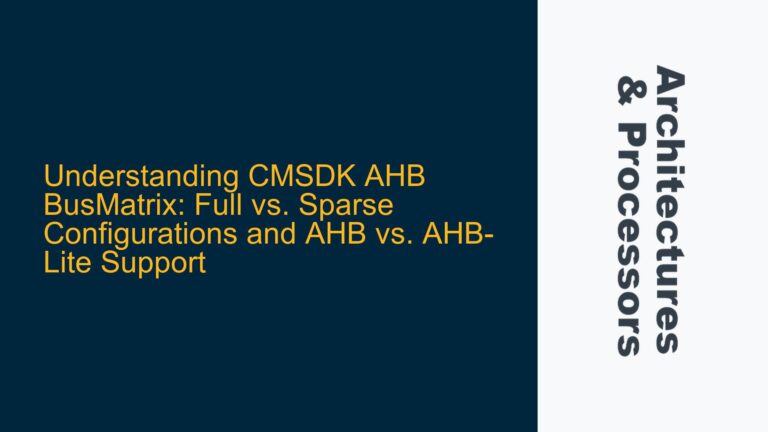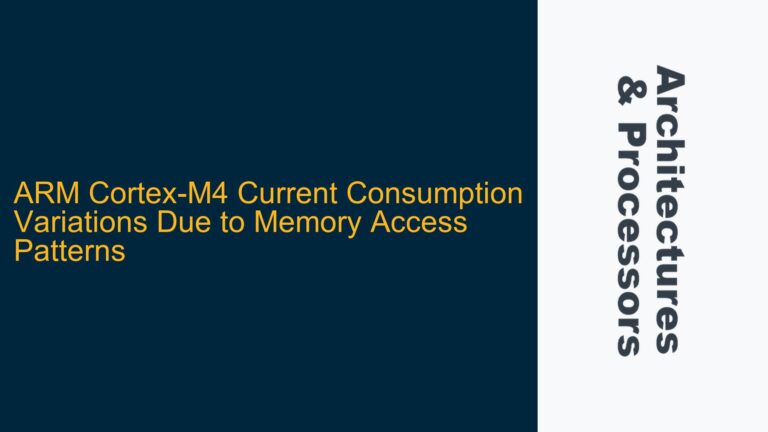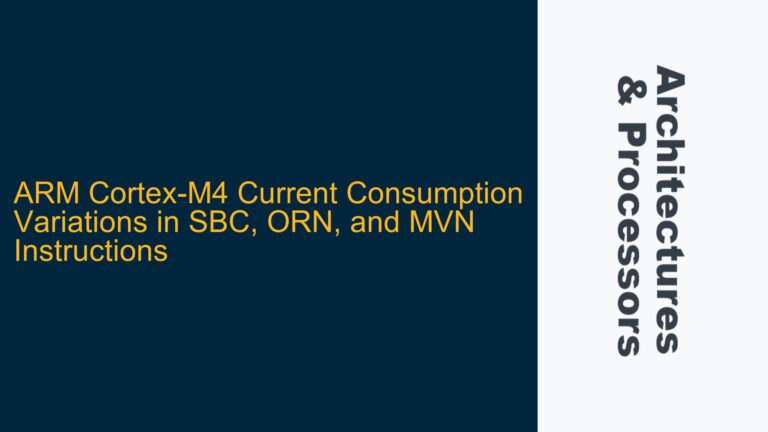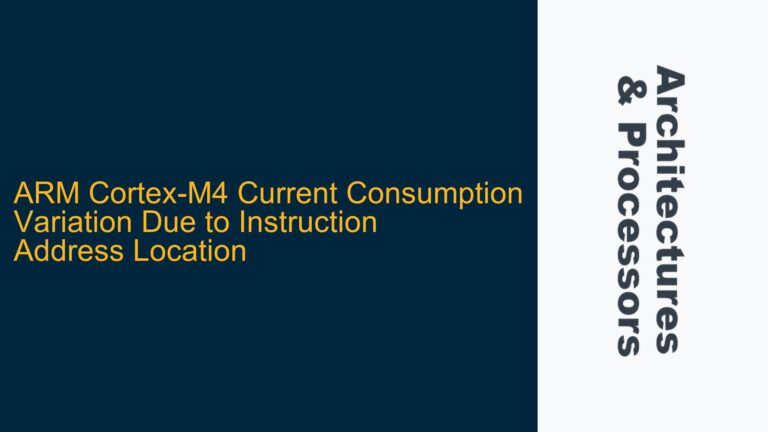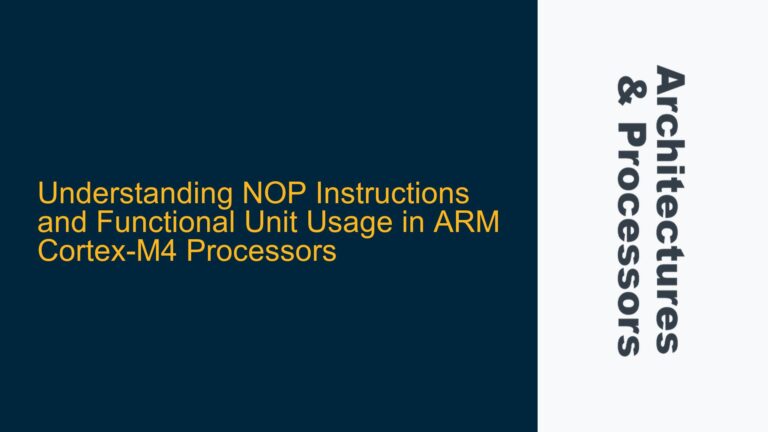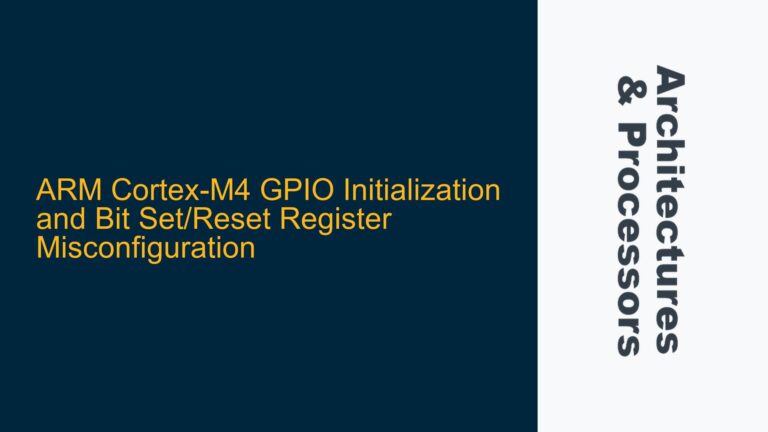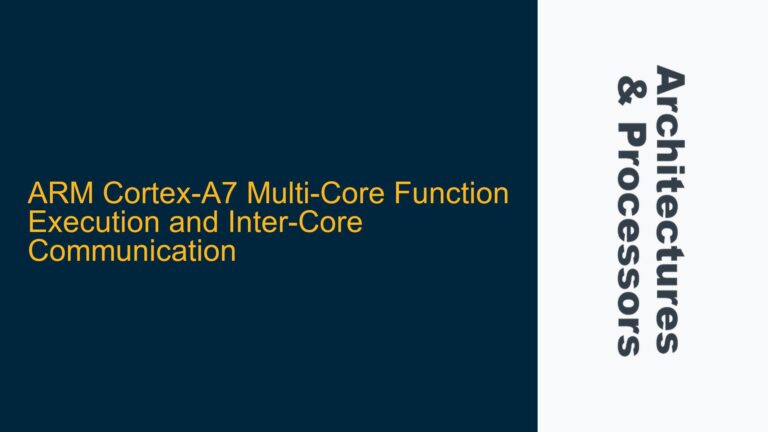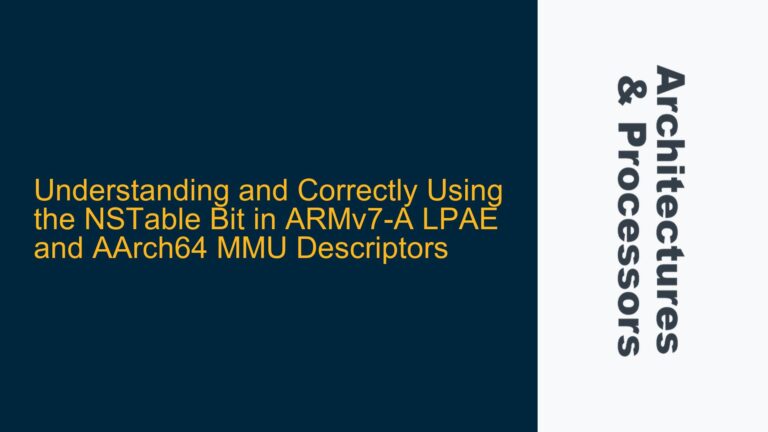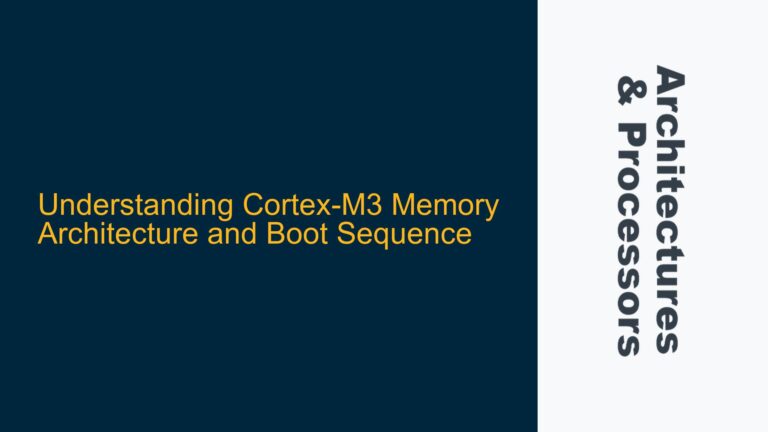Programming STM32F103C8T6 from Linux Using OpenOCD and ST-Link V2
ARM Cortex-M3 Flash Programming Challenges on Linux When working with ARM Cortex-M3 microcontrollers like the STM32F103C8T6, one of the most common tasks is programming the device with firmware. While Integrated Development Environments (IDEs) provide a convenient "Program Target" button, developers working on Linux often prefer command-line tools for greater control and flexibility. The STM32F103C8T6, based…
